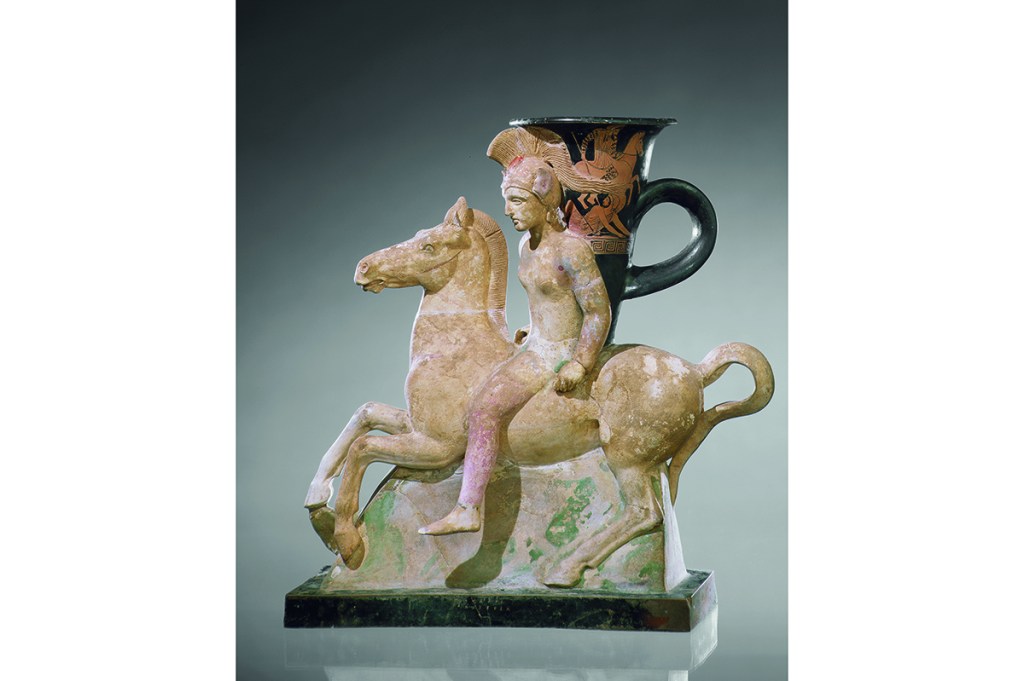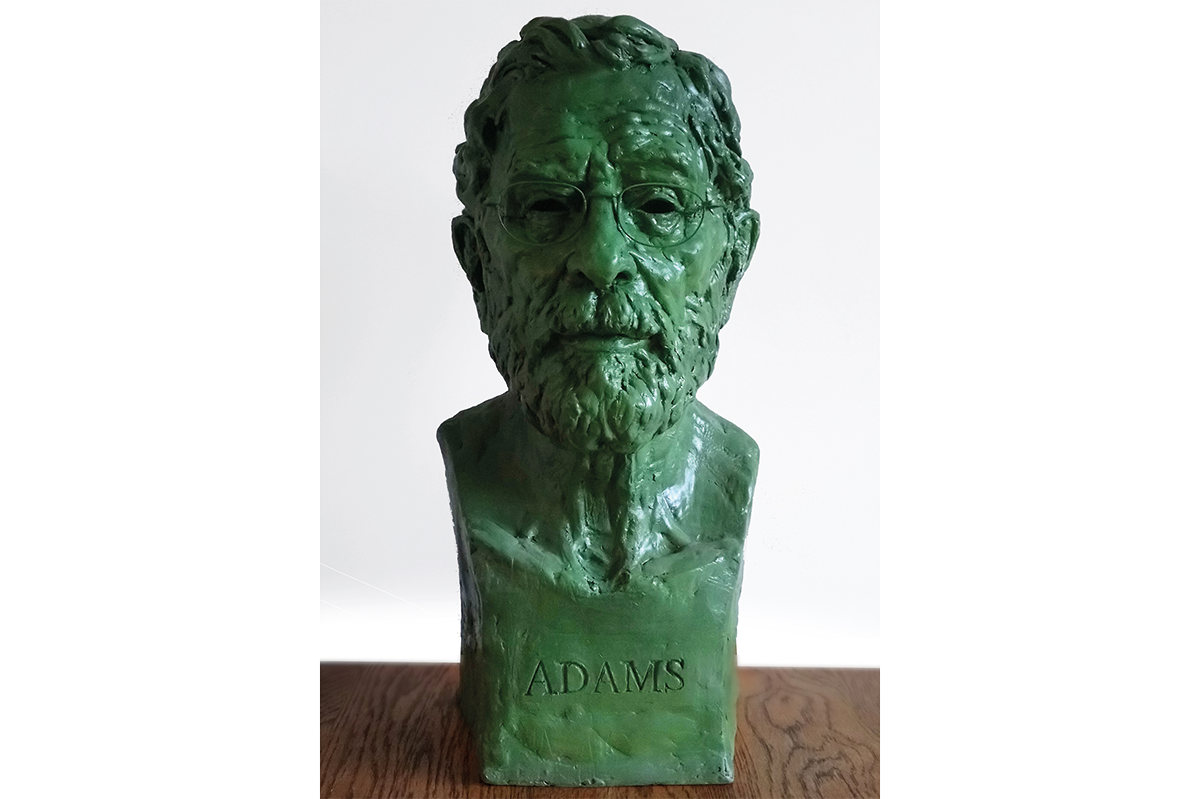In a way it felt like a walk around campus on graduation day: one last stroll through the Museum of Fine Arts, Boston before the mayor’s medically nonsensical, legally dubious, morally atrocious mandates force museums, restaurants, gyms and more to oblige entrants to prove that they’re vaccinated against Covid-19. I could comply, but I will not. “There’s nothing more American than coming together to ensure we’re taking care of each other,” said our unctuous new mayor in her typical passive-aggressive fashion. Perhaps, but there’s nothing less American than commanding such sentiments from City Hall and punishing us who see through the ruses of power.
The commencement, then, was that of a new relationship between your reporter and his adopted city’s art holdings. WWSD: What Would Seneca Do? I contemplated that question as I perused the newly renovated galleries for the MFA’s Greek and Roman holdings. Seneca, the most reasonable Stoic, served the court of Nero who, were he alive today, would be a corpulent, prismatically coiffed ninny with avant-garde pronouns in his Twitter bio. Nevertheless, Seneca counseled, “Hear now Socrates cry out from that prison which he made pure by entering it and made more honorable than any senate-house.” I’m no Socrates, but also Boston is no prison, not literally, not yet.
So one can find a way to awe before the freshly restored Juno, a Roman work from the first century of the common era. She towers at thirteen feet high of solid marble, but her gravity is more than physical. She embodies dignity and looks down on us with kindness. In fact, this is a pastiche, likely a decapitated muse with goddess’s head added back to it in a later century using different rock. No matter, it coalesces. Her relaxed composure and grandeur make it obvious why contrapposto, rhythmic draping and mimetic form-making permanently entered the Western canon.
Ah, the beleaguered Western canon. Because this is a museum in a progressive metropolis in 2022, wall-labeling implicates the germane cultures in slave-mongering. It does likewise in the halls of Dutch and Netherlandish art, also newly renovated and scintillating in their own right, as well as in the entrance to the Art of the Americas addition. (To avoid mention of slavery, keep to the MFA’s exhibits of Egyptian art and that of the Islamic world. Note the irony.)
A digital full-color recreation of the Athena Parthenos hangs near the real statue (Roman, second or third century ad). Signage indicates that this is offered as a corrective to a white-nationalist misconception that the sculptures of the time were bare marble, though such interpretive literalism is purported by no white nationalists I can find, and even in color she looks European. One label calls the Greek settlers of the Bay of Naples “colonists.” (Why not “immigrants” — would that be too sympathetic?) This attitude hails from the same ethos as the mandates, a political pseudo-religion that spuriously rewards fealty with knowledge and health.
Seneca would advise putting the world’s inevitable idiocy out of mind and attending to one’s soul. In true pagan manner one can do so by beholding beauty, on display in great capacity in the galleries. I find long swaths of Greek pottery trying, but the reds of the red-and-black ceramics glow against the sage greens of the displays. The coinage sparkles, the silver tableware feels as familiar as that of a modern home and I am astounded every time I see them that we have examples of Roman glass, to say nothing of such lovely objects.
Some of the Roman portrait busts are piercingly individual. One terracotta in a hallway lined with such works, called “Bust of a Man” from the first century BC, is so distinct that you could use it to pick the fellow out in a crowd. He looks astute and troubled, a condition I know well. There is a strong visual case, even if the historical case is weaker, that Rome invented the atomic person. For better or worse, you feel yourself to be someone because of psychological impulses preserved in a manner that only became typical of portraiture in the first years of the first millennium in the northern Mediterranean.
The primitivism of the little gilt-silver “Seated Dancer” (fourth century ad) is every bit as engaging, however, and as full of personality. The same could be said of the sixth-century mosaic fragment that personifies Pleasure and Wealth in the Byzantine gallery, where the presence of Christianity begins to make itself felt. Realism waned along with the viability of the old gods, though a new kind of spirit came into its own. The museum, in the end, is merely a box. It locks away the treasures, but that spirit, inalienable and eternal, remains free.
This article was originally published in The Spectator’s March 2022 World edition.

























